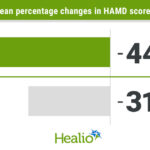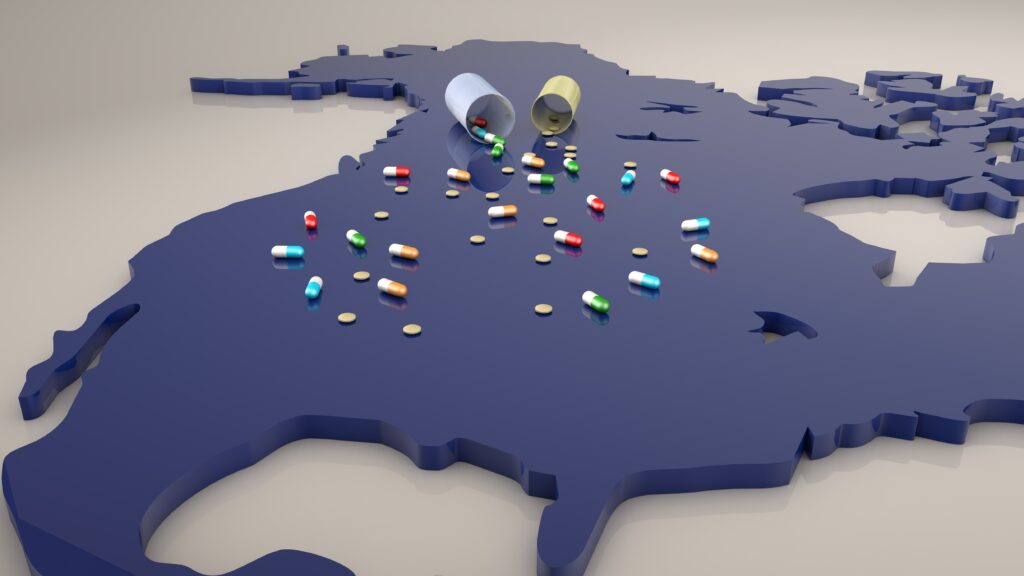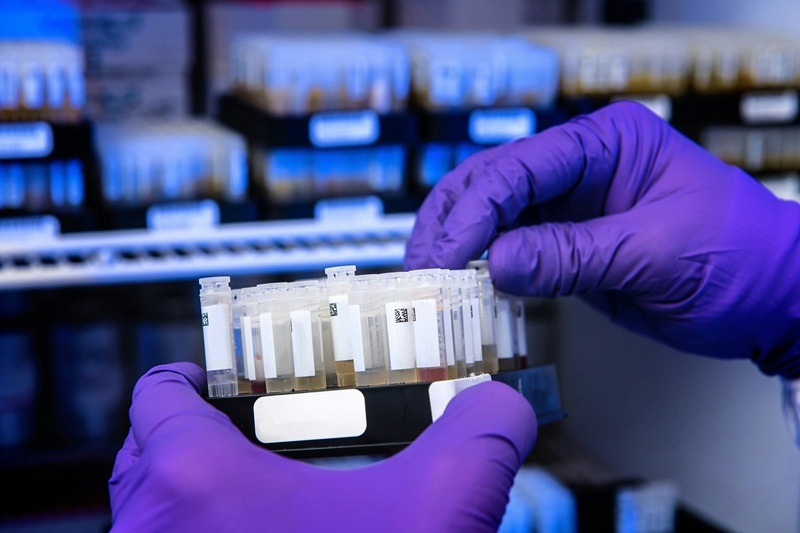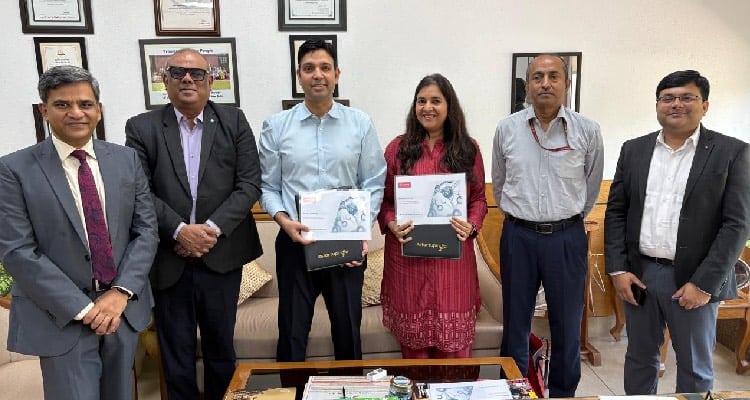Over the past six months, numerous pharmaceutical companies have announced plans to invest in new U.S. manufacturing facilities within the next decade. This so-called “onshoring,” motivated by the Trump administration’s announcement of sector-specific tariffs, seems to make sense on the surface: strengthen domestic manufacturing capabilities and mitigate potential risks of supply disruption. Given the years of time it takes to build a new manufacturing facility, the president signed a separate order to hasten the FDA approval process for domestic drug manufacturing plants, while simultaneously increasing fees and inspections for foreign facilities.
These initiatives have a clear goal, to “put America first.” But that political imperative may be achieved more efficiently and quickly with less draconian moves. These include healthy market competition which can bring both short and long-term benefits to all stakeholders, especially patients. As the Black Knight of biosimilars, I have committed 45 years to monoclonal antibodies, 30 of those also focused on analytical comparability. Samsung Bioepis is now making these wonderful, life-changing biologic medicines more efficiently and more broadly available — but the critical window is closing if we don’t make biosimilars sustainable commercially.
While encouraging market players to build more manufacturing facilities in the U.S. arguably counts toward fostering competition, that is only when the conditions for doing so are truly favorable. The industry will invest its judgment and resources into making medicines in America, just like any other goods, because it makes sense to contribute locally to a competitive market that values its products, and has the qualified people to make them. Onshoring should not be encouraged for onshoring’s sake. Forcing such moves through tariffs encourages inefficiencies, as it protects U.S.-based companies from real competition. That ultimately hurts patients, as tariffs on pharmaceuticals are bound to immediately raise prices for the medicines they need now.
The reason that those in need are able to access medicines and medical supplies as we do today is that the supply chain is global. Every step in biomanufacturing is critical to the quality of the final product, and identifying which supplies are best sourced locally should be done with careful consideration for maximized efficiency.
By its very nature, the off-patent industry is designed to bring cost efficiencies and value to payers, health care providers, and patients once patents have expired on their branded reference products. Generics and biosimilars are already operating their manufacturing and supply chains to maximum efficiency with very thin margins. If the government does not carefully think through supply chain policies, it may critically hurt the industry, and that ultimately devastate patients through higher prices.
Generics, which account for 90% of prescriptions filled in the U.S., are typically sold at razor-thin margins and are cheaper and available sooner in the U.S. than most other OECD countries. According to the Association for Accessible Medicines, which represents generic and biosimilar manufacturers, new tariffs — 25% on imports from Canada and Mexico and 10% on China — could push these margins into the red.
Though biosimilars are newer and represent a relatively smaller portion of prescriptions in the U.S. compared with generics, they are playing an increasingly key role in expanding treatment options for patients. They have already contributed to improving the financial stability of hospitals and clinics that are seeking to manage costs. Biosimilars, discounted by as much as 92% compared with reference products from launch, have delivered over $56.2 billion of cost savings for the U.S. health care system over the past decade.
To bring these cost-savings to the U.S. market, biosimilar companies operate highly efficient manufacturing and supply chains that span the world. Every step is optimized, from sourcing raw materials to manufacturing the drug substance and drug product and packaging the final drug product. Biosimilars, like any other biologics, are inherently expensive to manufacture and demand substantial investment in specialized infrastructure. This means companies have to strategically set up manufacturing sites that can be operated over the long term while maintaining cost efficiency and consistent quality control. This can include sourcing from diverse emerging economies, such as Brazil, China, India, and Israel, while having primary manufacturing hubs in highly-regulated but expensive countries like the U.S., Europe, Australia, and South Korea. Building a quality facility to manufacture quality-assured, safe, and effective biologic products in these countries is a lengthy and complex process. Such investments for biosimilars necessitate fair competitive pricing so they can earn commensurate market share.
Aside from the emerging geopolitical risks, however, health care systems around the world are already facing a serious problem: 90% of biologics facing loss of exclusivity within the next 10 years have no biosimilar in development. The market will continue to face the “biosimilar void” if unnecessarily high costs of development and increasing market unpredictability are not resolved. When cost burdens are compounded with unfavorable pricing controls and limited market share, we end up with an unsustainable environment for biosimilars. No biosimilars means that branded biologics can keep raising their prices, negatively impacting patients even if they’re manufactured in the U.S.
The diversity of treatment options with brand treatments and multiple biosimilars enhances supply chain resilience for U.S. health care. But with geopolitical tensions, the consequences of sudden decisions can be severe, threatening access in multiple countries and even the viability of the industry itself. Supply chain disruptions with biosimilars will threaten the entire biologics ecosystem. It will not only lead to substantial lost opportunities for cost-saving among health care systems, payers, and physicians, but will also endanger patients’ health through drug shortages — especially if they face increased co-pays.
The Covid-19 pandemic served as a stark reminder of these vulnerabilities, underscoring the urgent need for supply chain strategies that feature redundancy and flexibility if a major component fails. During the Covid-19 emergency, injectable dexamethasone was considered as an effective corticosteroid therapeutic for critically ill patients with severe breathing problems, resulting in a 610% increase in demand. Many manufacturers were forced to backorder the drug, causing months of delays in its availability. When Hurricane Helene hit a North Carolina plant that produces more than 60% of the country’s intravenous and peritoneal fluid bags, products were diverted from Europe to the U.S. Natural disasters are local, but solutions need to be worldwide.
Lessons from pandemics, natural disasters, and wars have shown that all stakeholders benefit from a global industry. We want investments that create useful redundancy, and with it supply security, not ones that create duplicative costs. The pharmaceutical industry is driven by the needs and priorities of leading markets, including the U.S. It functions through private capital to enable a resilient global supply chain. Increasing domestic supply within the U.S. may create redundancy, but such redundancy should be within an efficient system that the society is prepared to pay for. This push to increase domestic capacity for drug manufacturing in the U.S. may drive prices up — but we already know that biosimilar competition drives them down.
Gillian Woollett is vice president and head of regulatory strategy and policy at Samsung Bioepis.










